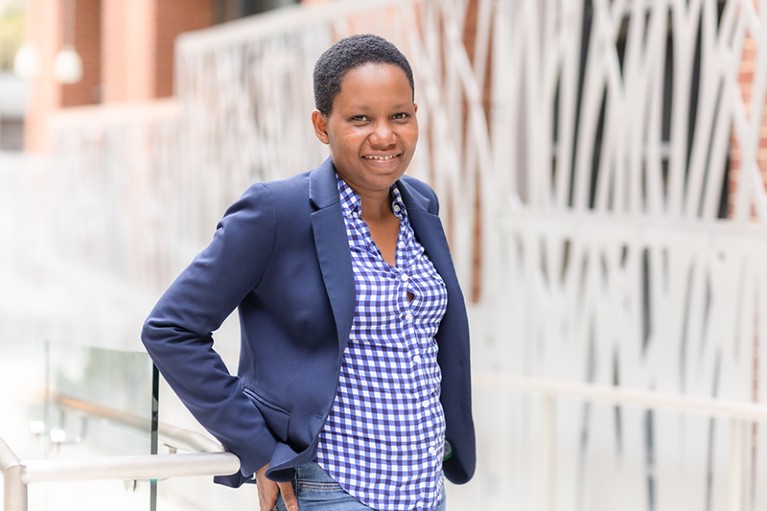
Patience Kiyuka hopes that virtual-reality tours of research labs will inspire more young people to consider science careers.Credit: Courtesy of Patience Kiyuka
More and more researchers are taking advantage of virtual-reality (VR) technologies to form deeper connections with colleagues abroad. Through the use of headsets and motion-tracking equipment, VR technologies aim to simulate a world for the user. Some say that these tools will help to bring scientists from under-funded communities closer to better-resourced laboratories, mostly in the West.
But there are other uses for the technology, too. Nature spoke to Patience Kiyuka, an immunologist and molecular epidemiologist at the Kenya Medical Research Institute (KEMRI) in Kilifi, who’s using VR technologies more locally in her home country to introduce schoolchildren to science safely.
How did you first come across VR as a tool for science?
My PhD was funded by the DELTAS Africa programme and as part of that, in 2018, I had the opportunity to spend six months at the University of Helsinki. At an international science open day there, I got talking to a master’s student from India. She told me how she was trying to incorporate this new technology into her work teaching science to young people — it was something I’d never tried or really even heard about before, and the conversation stuck with me.
Why scientists are delving into the virtual world
In 2019, after I had returned to Kenya to complete my PhD at KEMRI, I learnt about an open call for funding by the African Academy of Sciences (AAS) for innovative projects designed to encourage science communication and public engagement in researchers. The idea struck me: why not use VR?
How do you use VR tools and why?
Like many African countries, Kenya faces challenges in science, technology, engineering and mathematics (STEM) across all education levels in terms of enrolment, performance and gender disparity. And much more needs to be done to encourage uptake of these subjects beyond secondary school.
I wanted to give young people a lifelike experience of working in a laboratory, to really show them that they too could become a scientist. Similar to many labs, access to KEMRI’s is restricted and we wouldn’t ordinarily let students come in to visit unless under supervision. But this makes it hard for them to picture what it is like to be a scientist, or even what science can do.
VR offers a way for us to reach pupils, even in remote villages, without the need for heavy or expensive resources. Designing these videos from scratch forced us to really break down the science into accessible terms: what do we do here, and how can we explain it to kids, or someone on the street? We are making science accessible in an innovative way.
How did you go about developing the project?
My research team wanted to shoot a 360-degree video of the KEMRI-Wellcome Trust Research Programme labs. As part of the script-writing process, we invited secondary-school students to a guided tour of the labs, and asked them what they understood and whether they found it relatable to what they were learning in school.
Low-cost headsets boost virtual reality’s lab appeal
I worked with a production company to shoot six of the KEMRI lab areas: biobank, entomology, immunology, proteomics, genetics and the cleaning and reagent-preparation section. We covered our research, demonstrating some of the experiments and interacting with various researchers working at their stations.
The resulting videos can be uploaded to VR headsets and then shown to students — this bypasses the need for a fast Internet connection or other computing resources on-site.
When we showed students the same video on both a computer screen and through a VR headset, all of them reported that the VR version was better — they felt ‘transported’into the lab and that helped them to concentrate and absorb information better.
How has VR changed the nature of your work?
These days I consider myself a scientist by day and a science communicator by night. In 2019, I was one of 13 African scientists to be awarded the AAS Public Engagement Fund, and since then I have been funded by the US magazine National Geographic to produce more VR videos, including a programme showcasing the impacts of the pandemic to encourage vaccine uptake.
One of the first films I produced, in 2019, won me the 2022 Eric and Wendy Schmidt Award for Excellence in Science Communications, hosted by the US National Academies of Science, Engineering and Medicine, which was a career-defining moment.
Career resources for African scientists
There are still many challenges to producing VR videos in Africa: it’s a relatively new technology, we have few people with experience of producing these videos and the work is all grant-funded. No matter how sophisticated we can make the videos, what I really want is to use VR to enable students to go ‘into’ to the lab and do the experiments themselves, but that requires a heavy investment that we don’t yet have. Nevertheless, I hope to generate more interest and collaborate with others who are using these tools across Africa.
In what ways do you think that VR can transform science in Africa?
Growing up in a small village in Kenya, working in a research lab was a distant dream. Unfortunately, this is still the case for many children in my country, especially for those from remote regions with few classroom resources.
I aspire to help as many young people across Africa to experience what it means to be a researcher. I hope that, through showing and not just telling, VR can inspire more young people to consider STEM careers. And, just as importantly, I hope that it will help them and their families to appreciate the role of science in society. Science is largely funded by the public, but the public doesn’t necessarily know what we do.
In addition to exposing children to the different disciplines in science, travelling with my VR headsets helps me to show young girls across Africa that scientists can look like us, too.




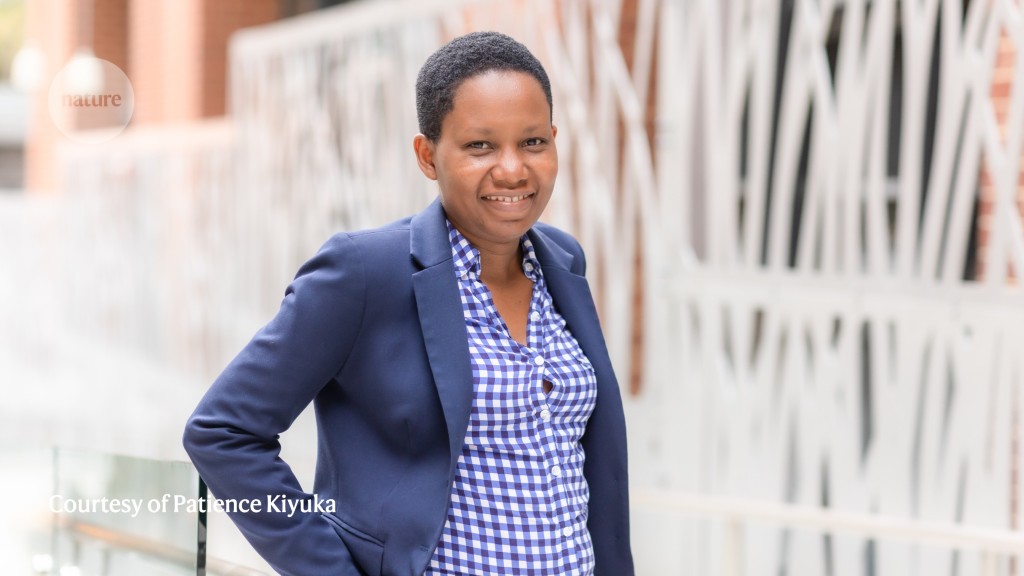
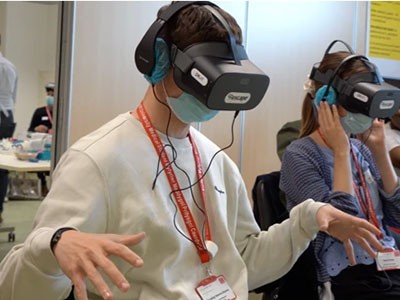
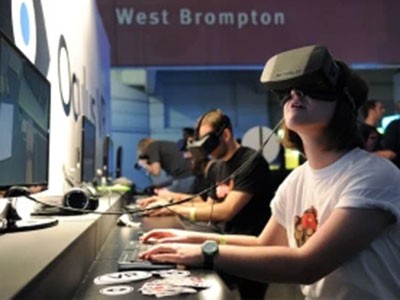
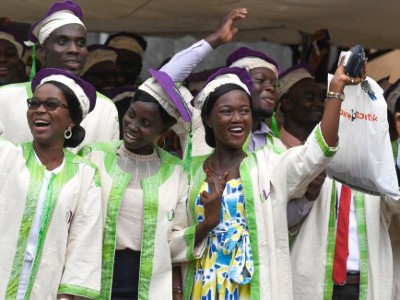
More News
Who will make AlphaFold3 open source? Scientists race to crack AI model
These crows have counting skills previously only seen in people
Seed-stashing chickadees overturn ideas about location memory